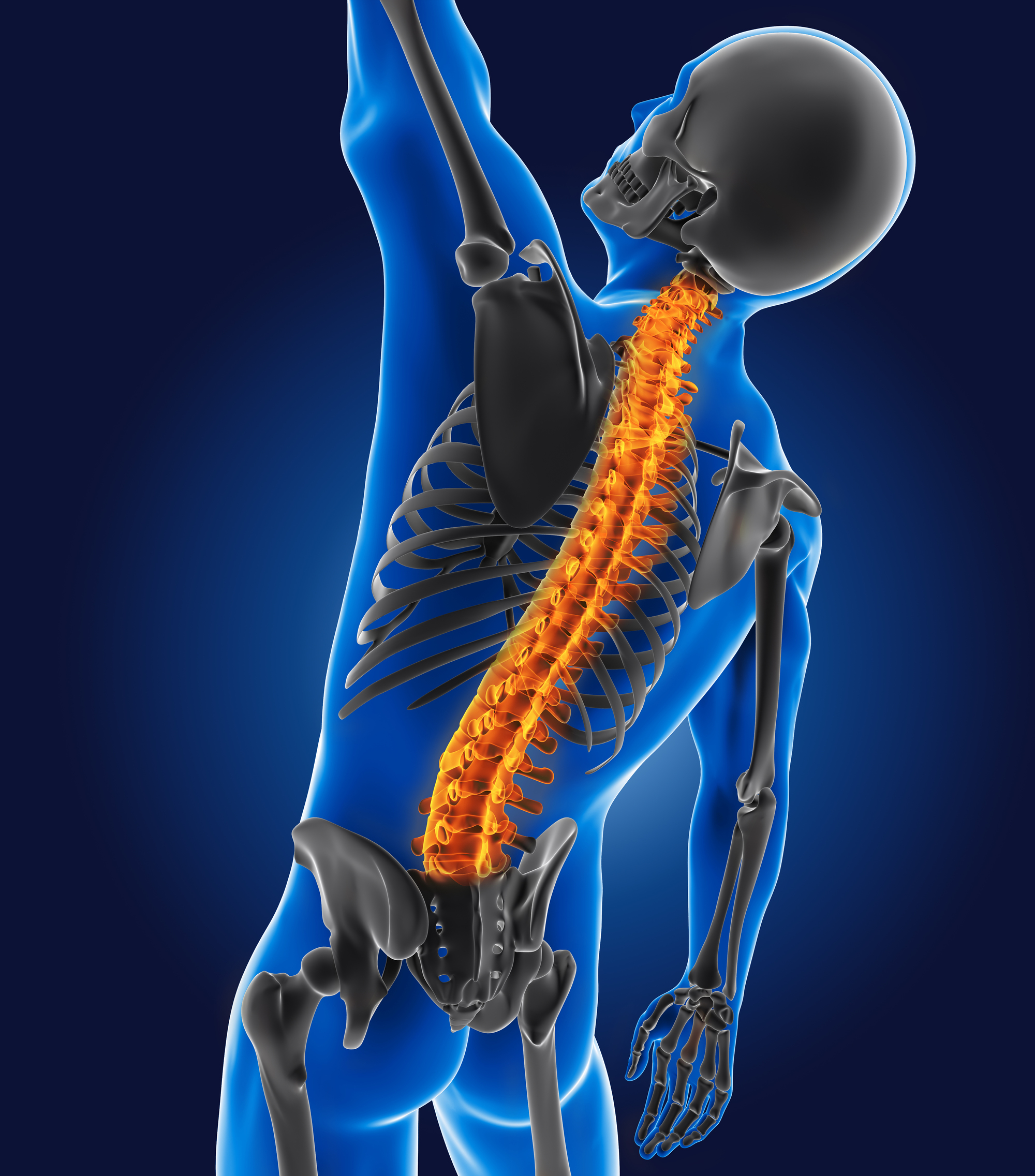Navigating the Spine: Understanding and Addressing Thoracic Spine Sprains, Strains, and Kyphosis

Thoracic Spine Sprains: The Unseen Disruptors
Picture this: a sudden twist, a moment of overexertion, or the aftermath of a traumatic incident. These are the scenarios that can set the stage for thoracic spine sprains. Ligament injuries in the middle of the spine can be deceptively subtle yet powerfully disruptive.
The consequences of this however, extend beyond the localized pain and stiffness. The intricate ligamentous network disrupted by a sprain prompts protective muscle spasms, compounding the discomfort.
Referred Pain and Adaptations:
The pain from thoracic spine sprains doesn’t always stay confined to its origin. Referred pain may extend into the shoulders and upper back. The limited range of motion triggered by a sprain can prompt compensatory movements, affecting adjacent spinal segments and joints. It’s a domino effect that demands attention.
Breathing Blues:
Consider the thoracic spine as the conductor orchestrating the symphony of breathing. When sprains disrupt this conductor, the entire respiratory ensemble may falter. Thoracic spine sprains can hinder the natural expansion and contraction of the chest, potentially compromising lung function and respiratory efficiency.
Thoracic Spine Strains: Untangling the Web of Muscular Dynamics
Now, let’s pivot to the realm of strains, where muscles and tendons take center stage. Thoracic spine strains introduce a different set of challenges, intricately weaving their impact through the soft tissues of the body.
Muscular Imbalances and Compensation:
Strains in the thoracic spine upset the delicate balance between muscles and tendons. As the body strives to compensate for the injured area, muscular imbalances may emerge. These imbalances not only affect posture but also contribute to additional strain on surrounding structures.
Radiating Pain and Neuromuscular Symphony:
Thoracic spine strains are not confined to a localized discomfort. The pain may radiate, extending into the arms or lower back. This radiating pain can disrupt neuromuscular control, potentially leading to altered patterns of movement and decreased functional efficiency. It’s a symphony of movement that demands harmony.
Kyphosis: Beyond the Hunch
Now let’s enter the world of kyphosis, where the natural curvature of the thoracic spine takes an exaggerated bow.
Altering the Spinal Landscape:
Kyphosis influences more than just the thoracic spine. The alignment of the entire spinal column, including the cervical and lumbar regions. This may contribute to conditions like cervical strain or lumbar lordosis as the body adapts to the altered curvature.
Impacts on Vital Systems:
The impact of kyphosis extends to vital systems housed within the thoracic cavity. In severe kyphosis, it can compromise respiratory function, reducing lung capacity and cardiovascular efficiency. It’s a reminder that spinal health goes hand in hand with the well-being of the entire body.
Holistic Solutions: A Physiotherapist’s Approach
Navigating the complexities of thoracic spine health requires a holistic approach. As physiotherapists, our role transcends symptom alleviation; it encompasses understanding the root causes and addressing their systemic impacts.
Our approach involves a thorough assessment to unravel the intricacies of each case. Whether it’s a sprain, strain, or kyphosis, a personalized intervention plan is crafted. Manual therapy, targeted exercises, and posture correction strategies form the pillars of rehabilitation.
Lifestyle Modifications for Long-Term Health:
Beyond immediate interventions, we emphasize lifestyle modifications. Ergonomics, mindful movement practices, and postural awareness become powerful tools for individuals to take charge of their spinal health.
Empowering Beyond the Clinic:
Our goal extends beyond the clinic walls. It’s about empowering individuals with the knowledge and tools to proactively manage their thoracic spine health. By adopting a holistic perspective, we not only manage specific conditions but also foster overall musculoskeletal harmony.
In conclusion, the thoracic spine is more than just a segment of bones; it’s a central player in the symphony of movement that defines our daily lives. Thoracic spine sprains, strains, and kyphosis are not isolated challenges; they are interconnected threads that weave through the entire musculoskeletal canvas. By understanding these intricacies and embracing a holistic approach, we embark on a journey toward a resilient, harmonious spine.
Written By
Jessica Beer
Senior Physiotherapist
PhysioMotion Cairns
5/9-11 Stokes Street
Edmonton QLD 4869
